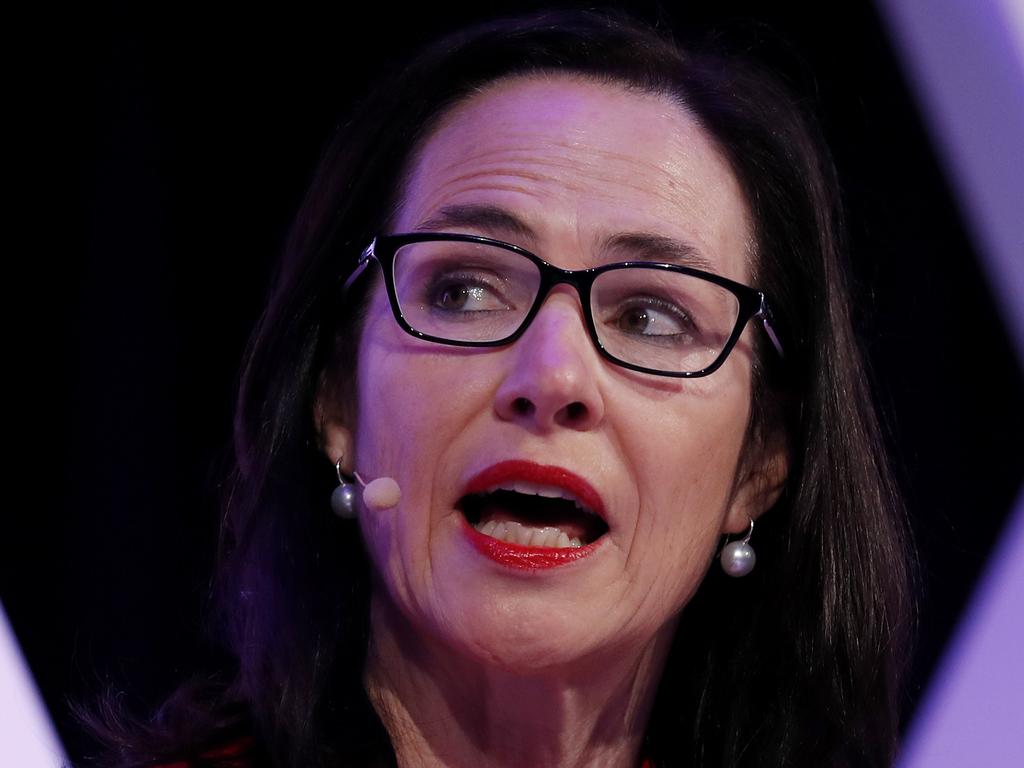Elite universities marked down in global report card
Which are Australia’s best universities? The Times Higher Education world university rankings reveal the top performers.

Poorer teaching and research performance has pushed nearly half Australia’s universities further down the latest global league table as the elite Group of Eight warned the results are “a canary in the coalmine’’.
The Times Higher Education world university rankings 2025, revealed on Wednesday, show that 17 Australian universities slipped backwards this year.
Australia’s elite universities all suffered losses in the global comparison of 2860 universities, based on 18 performance indicators covering teaching, research, knowledge transfer and internationalisation.
Vicki Thomson, chief executive of the Group of Eight elite research universities, said the rankings “are the canary in the coalmine for the higher education system and the Australian parliament should be heeding the warning before it’s too late.’’
“Go8 universities still top Australia’s ranking with six in the global top 100, bt the introduction of international student caps puts this and the nation’s economy at great risk.
“It’s astounding we are in this position given the headwinds the sector is battling.’’
Oxford University is rated the world’s best university, followed by the Massachusetts Institute of Technology, Harvard University, Princeton University, the University of Cambridge and Stanford University.
The University of Melbourne is Australia’s highest-ranked university for the 15th consecutive year – ranked 39 out of 2860 universities worldwide.
However, it experienced its worse performance in the 21-year history of the Times Higher Education rankings, dropping two places since last year.
Monash University, Australia’s second-highest ranked institution, fell four places to 58.
The University of Sydney is ranked at 61 – its worst performance since 2018, under the leadership of embattled vice-chancellor Professor Mark Scott.
The University of Queensland, led by Professor Deborah Terry as vice-chancellor, suffered the biggest drop of seven places, slipping to 77.
And the Australian National University (ANU) – which has announced job cuts after posting a $200 million deficit this year – fell five places to 73.
Australian universities showed significant drops in reputation in both teaching and research in this year’s scorecard.
Across Australia’s top 10 universities, the average teaching score has fallen to 46.9, down from 48.2 last year.
For research environment, the average score fell from 59 last year to 57.4 this year.
The Times Higher Education report warns that “Australian universities’ finances are struggling’’, leaving them in a poorer state than during the pandemic.
“Added to this mix is inflation and flat domestic demand, leaving them more vulnerable than before Covid,’’ the report says.
Times Higher Education chief global affairs officer Phil Baty said the data provides “serious warning signs’’.
“Australian universities are losing ground in terms of their global academic reputation (and) funding levels,’’ he said.
“Perhaps most alarmingly, they are losing ground in areas of great traditional strength: international research collaboration and the attraction of international talent.
“I understand that many in the sector are very worried about forthcoming new international student caps, which may further erode income for some top institutions, as well as diminish Australia’s world-leading reputation as an open and internationally facing sector.’’
The federal government is planning to freeze international student numbers to 2023 levels, after a record 700,000 enrolled in Australian universities and private training colleges this year.
The Group of Eight has warned the enrolment caps will rob them of $1 billion in revenue next year.
Australia boasts six universities ranked in the top 100 globally.
They are the University of Melbourne (ranked 39), Monash University (58), The University of Sydney (61), Australian National University (73), the University of Queensland (77) and the University of NSW (83).
University of Melbourne vice-chancellor Professor Duncan Maskell said his university had “achieved near perfect scores in more than half the performance indicators’’.
“These included research excellence, research influence, industry and international indicators,’’ he said.
“These latest rankings have underscored that international education is a prized national asset and as a country we should be proud to see the number of Australian universities ranked in the top 100 globally.’’
View the Times Higher Education world university rankings here.







To join the conversation, please log in. Don't have an account? Register
Join the conversation, you are commenting as Logout